EV startup Rivian faces a 'mountain-like climb' to success. Here's how it got a foothold
The electric truck maker, once among the most valuable on Wall Street, is staging a comeback after a fall from grace
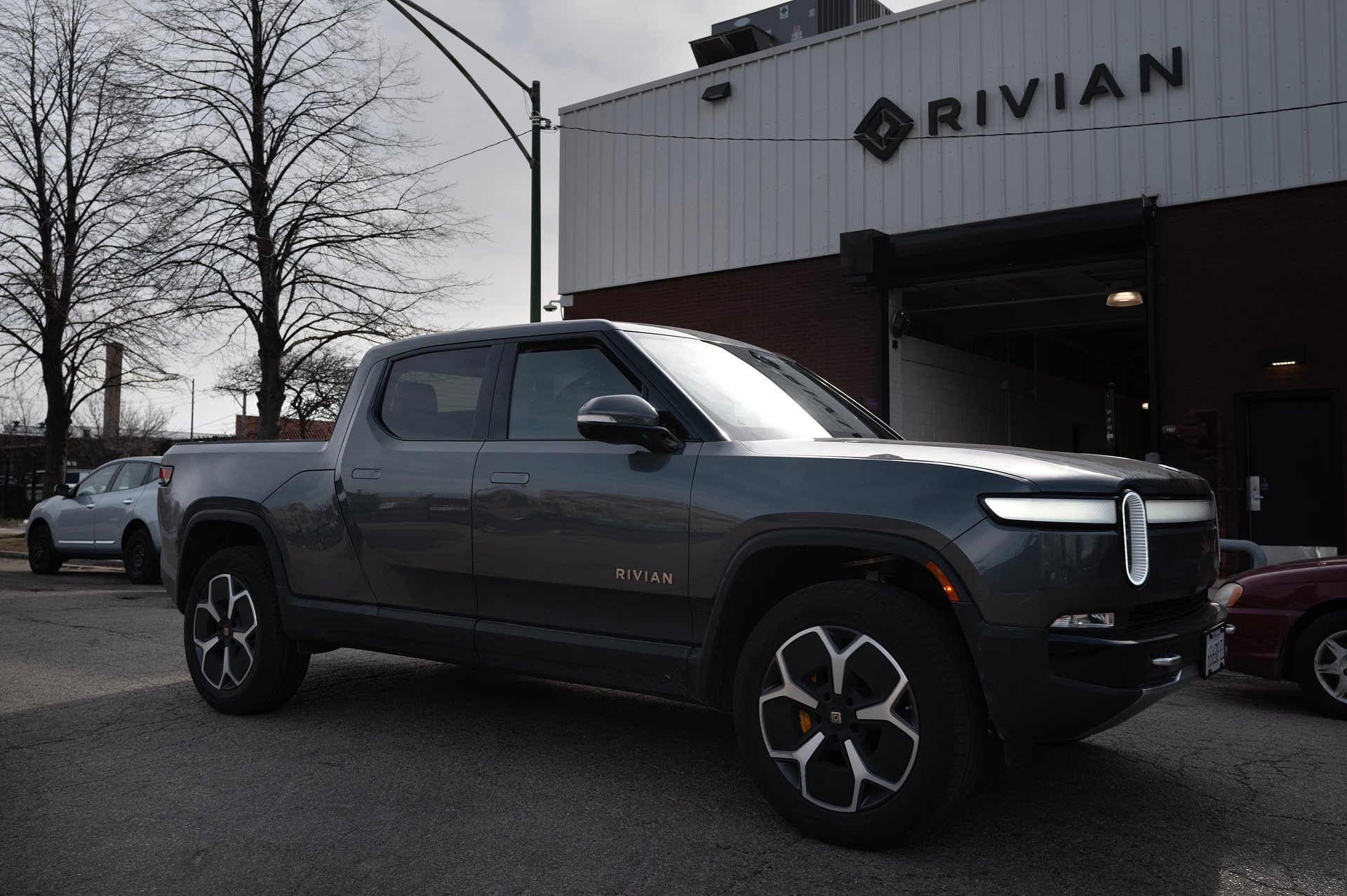
Despite its relatively short lifespan, much has happened to electric vehicle startup Rivian over the past decade and a half. In that time, the company has gone from developing hybrid sports cars to focusing entirely on electric pickup trucks and SUVs. When Rivian finally went public in 2021, it did so with one of the largest IPO values in U.S. history — even though it had only delivered cars for a mere two months.
But the startup has fallen in troubled times, and its once high-flying value has dropped 90% since it went public. The Irvine, Calif.-based company has yet to turn a profit, and the EV industry is suffering from slowed demand after a record-breaking sales year. Plus, in an EV market now flooded with options, Rivian’s pricey trucks and SUVs are a significant obstacle keeping consumers away. It has plans to change that, though, with a fleet of new affordable models introduced on Thursday.
As Rivian approaches what analysts are calling a “mountain-like climb ahead,” here’s how the company first got its foothold.
2 / 15
Rivian is born — kinda
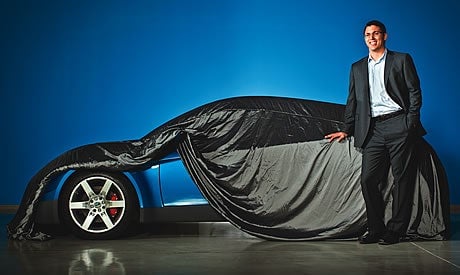
Rivian doesn’t share much in common with the company it was started as — Mainstream Motors. The company’s founder, RJ Scaringe, began the company in 2009 in Rockledge, Florida. With about 15 designers and engineers, the firm created a prototype sports car with a lightweight aluminum frame, sent the files to a contract manufacturer in Michigan, and received “the Blue Thing” in late 2010. Despite the prototype being in a “gawky teenage phase” — as Autoblog describes it — the Blue Thing was good enough to pitch investors. Mainstream Motors would also change its name to Avera Automotive for a brief time.
3 / 15
An early revamp
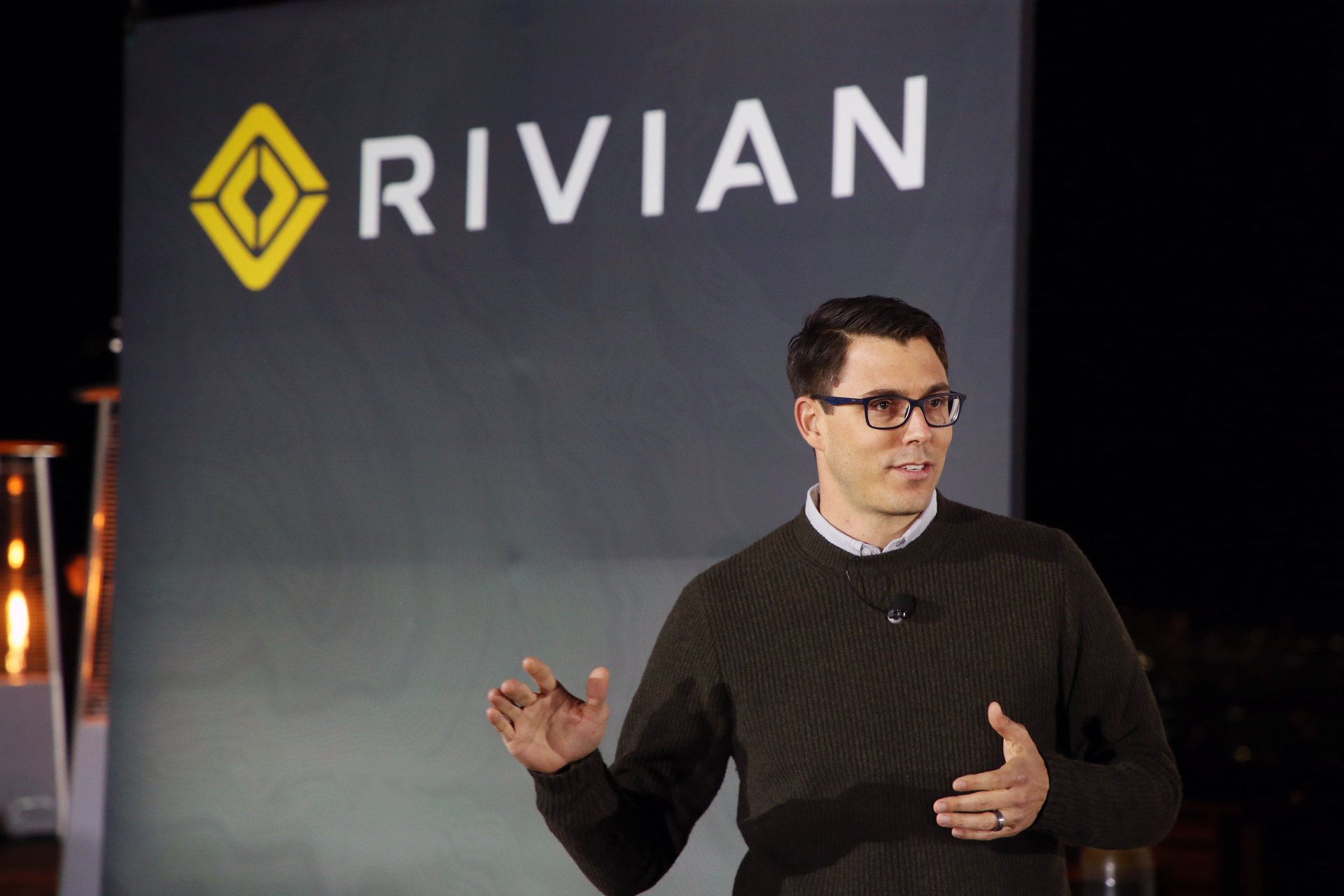
Unfortunately, the newly-christened Avera Automotive was running out of cash. Plus, just months after it received the Blue Thing, Hyundai Motor Co. sued the startup, alleging that its name was too similar to that of its popular sedan, the Azera. In March 2011, RJ Scaringe’s company finally became Rivian Automotive, named for the Indian River Lagoon.
The company’s prototype, a sports coupe, was shelved by the end of 2011 as Rivian looked to “reset the business,” Scaringe told auto news publication The Drive in 2021. That year would also mark Rivian’s pivot to focus on electric and autonomous vehicles. A few years later, Rivian received a sizable investment and opened research facilities in Michigan and the San Francisco Bay Area.
4 / 15
A Normal automaker
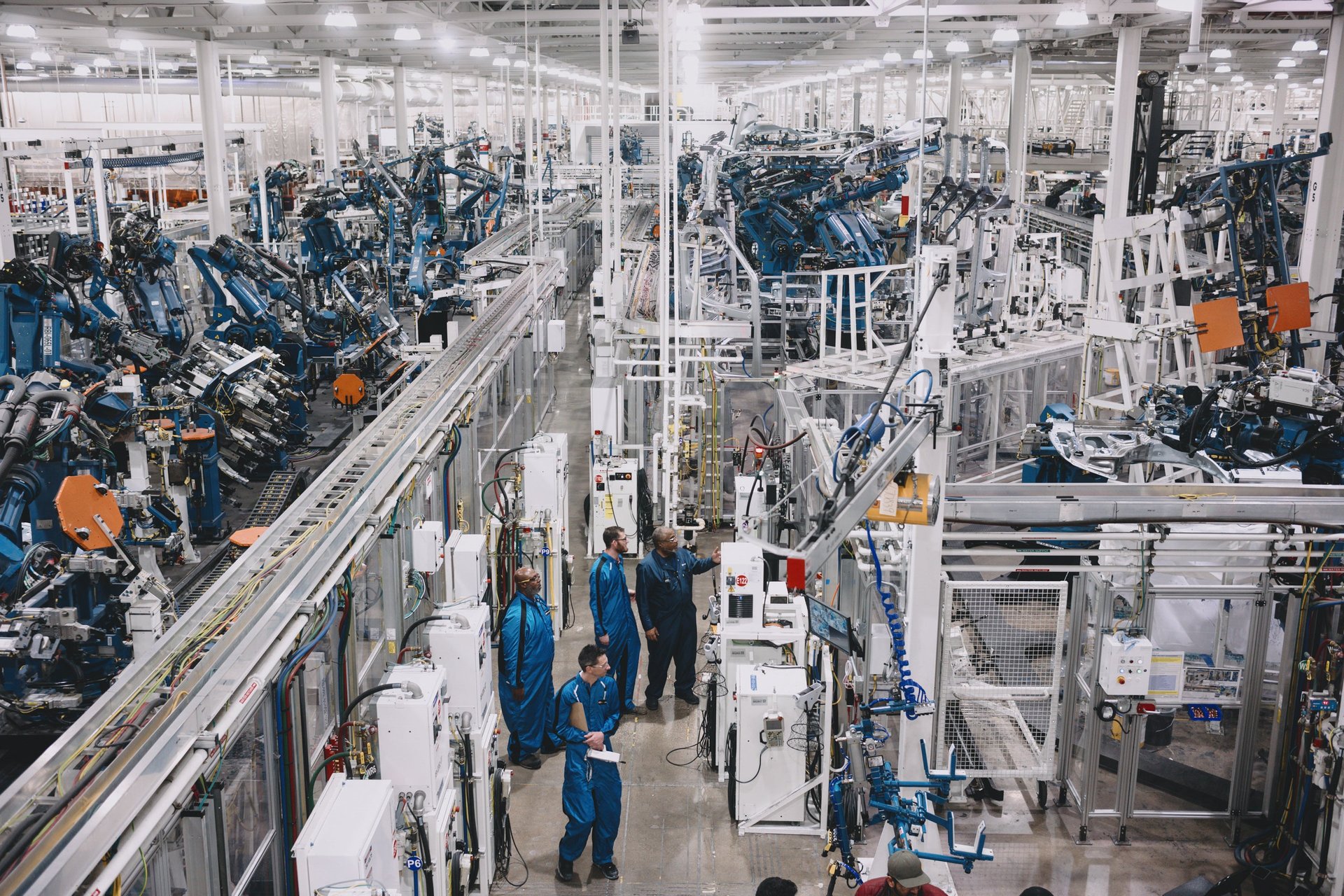
In January 2017, Rivian finally acquired its own factory. Then, with about 100 employees, the company closed a deal with Mitsubishi Motors to buy the Japanese automaker’s Normal, Illinois, plant for $16 million. At the time, Rivian said it would invest $175 million in the plant by 2024 and create 1,000 jobs; about 8,000 people are employed at the facility as of March 3, 2024.
And, for perhaps the first — although certainly not the last — time Rivian was compared to Elon Musk’s Tesla, which had bought Toyota Motor’s plant in Fremont, California for $42 million seven years earlier.
5 / 15
The first prototypes
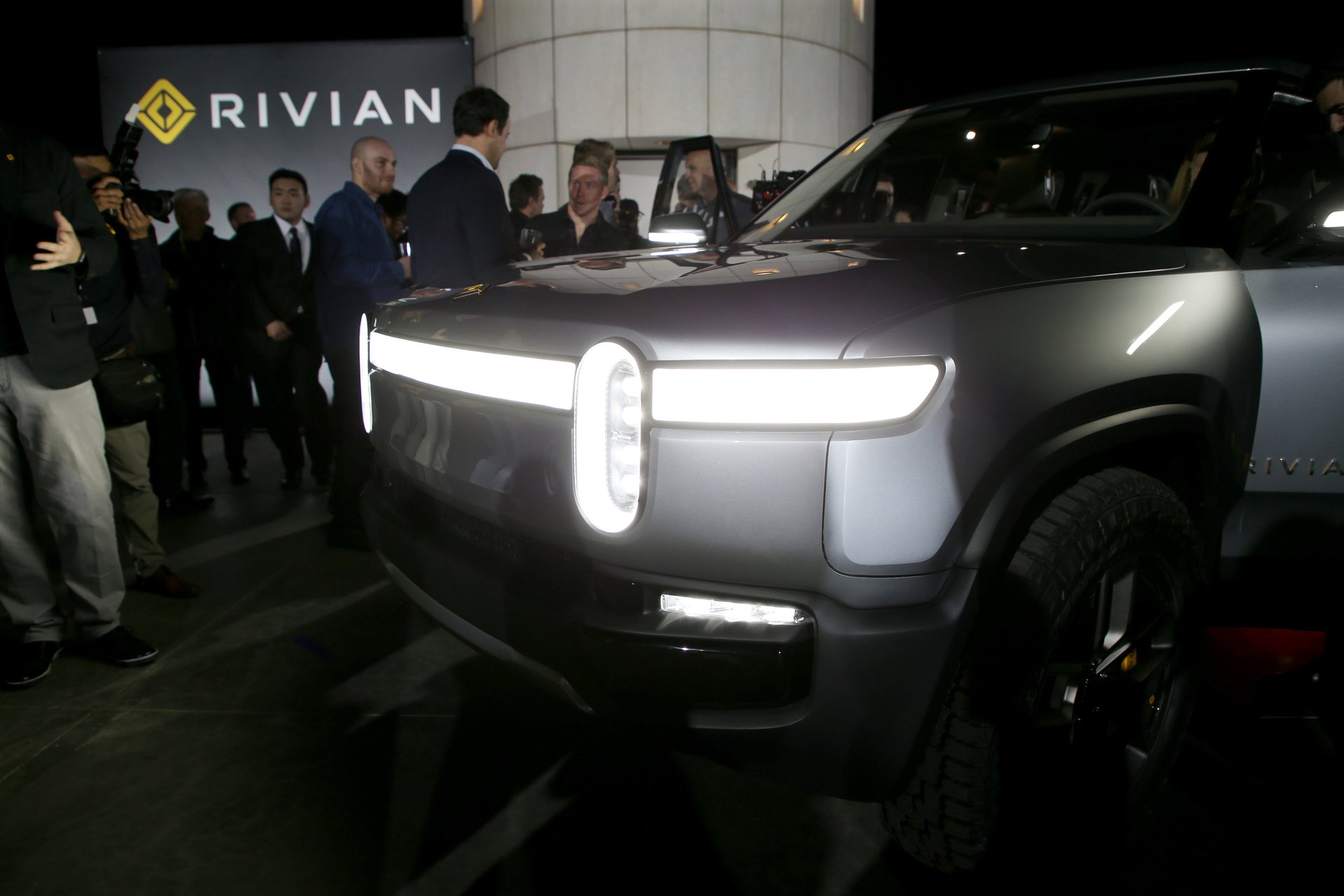
Rivian entered 2017 with a new factory and exited the year with its first two products: the A1T and A1C. The A1T, an electric five-passenger pickup truck, was scheduled for deliveries in 2020, while the electric seven-passenger SUV A1C was planned for sale at a later date. At the time, Rivian said they would cost between $50,000 to nearly $100,000 and offer between 200 and 400 miles of range.
Fast-forward nearly a year to the LA Auto Show. Rivian unveiled both models under new names, the R1T and R1S, with production scheduled to start in 2020, about a year later than expected for the then-A1T.
6 / 15
Out for delivery
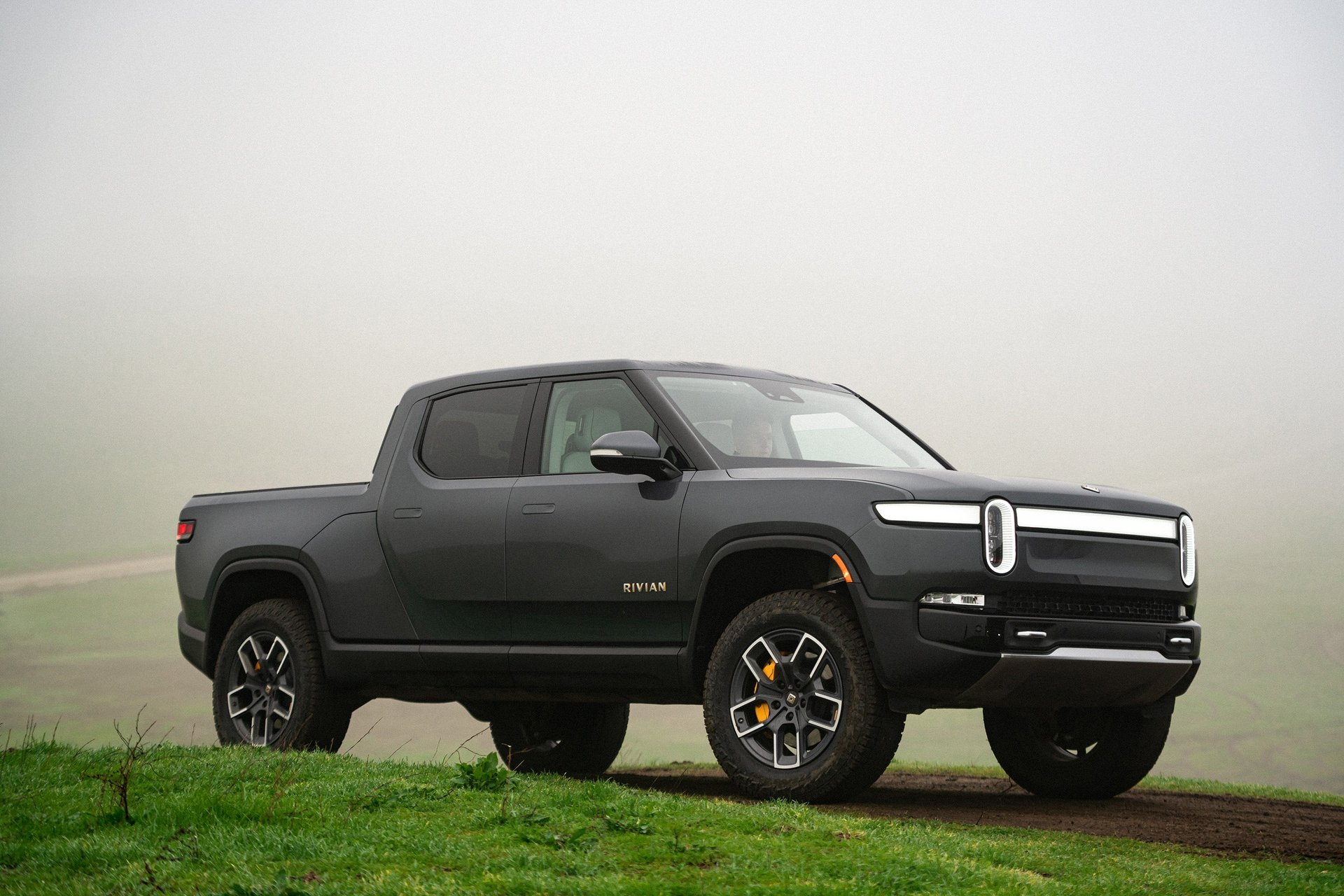
But Rivian’s plans were delayed. As of late 2020, the company had planned to begin delivering the R1T in June 2021, which was later pushed back to August. But then, amid a global chip shortage, Rivian had to again delay until September.
After more than a decade of work, Rivian delivered its first electric vehicle in September 2021. The R1T was the first fully electric pickup on the market; Rivian beat General Motors, Ford Motor Co., Tesla, and more to the punch. In December, Rivian would begin delivering the R1S SUV.
7 / 15
Welcome to the Nasdaq
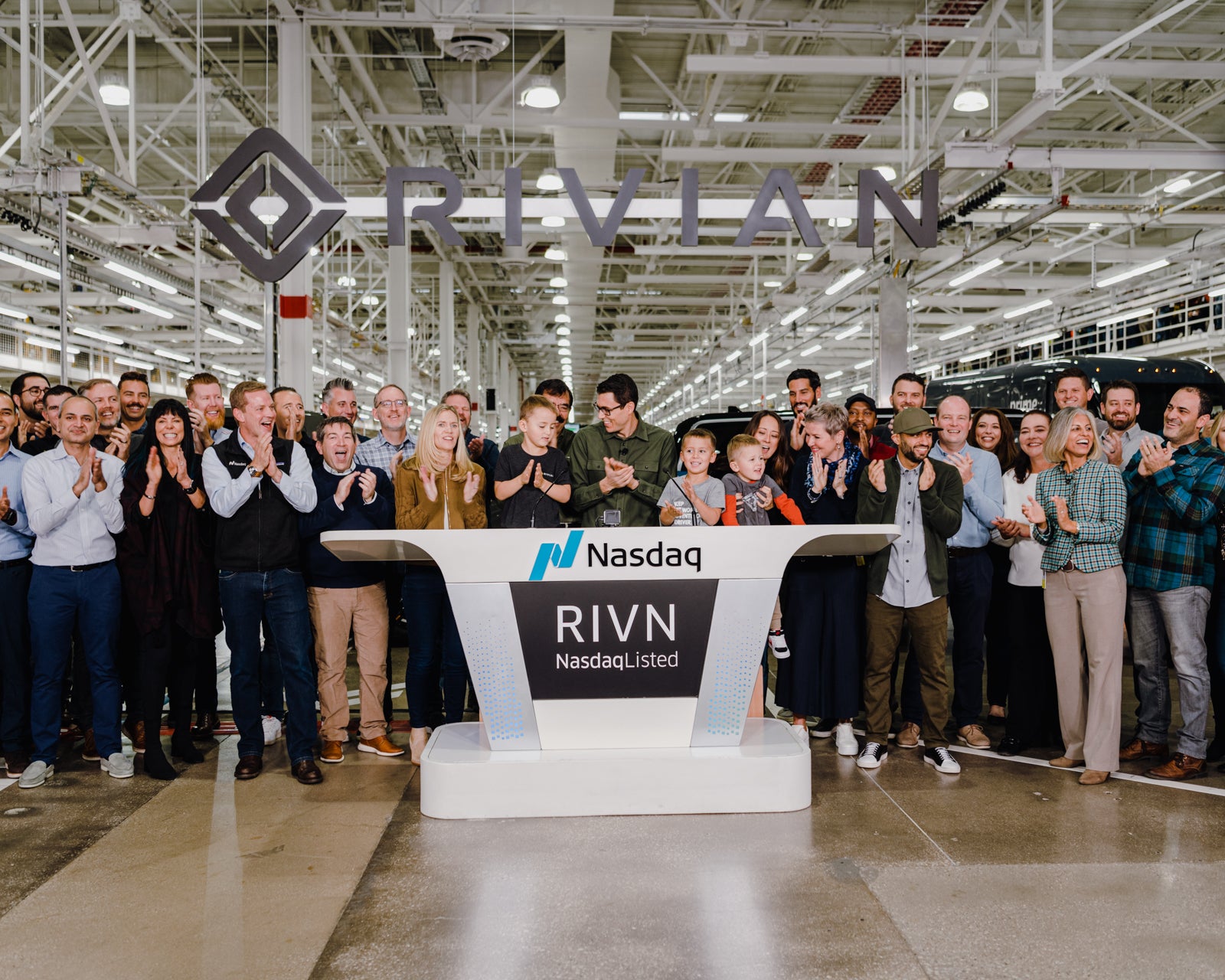
On November 10, 2021, Rivian — backed by investments from Amazon and Ford Motor Co. — became public through an initial public offering (IPO) and began trading on the Nasdaq under “RIVN.” After its first day on the market, RIVN closed at $100.73 per share for a $100 billion valuation.
8 / 15
Ford pulls out
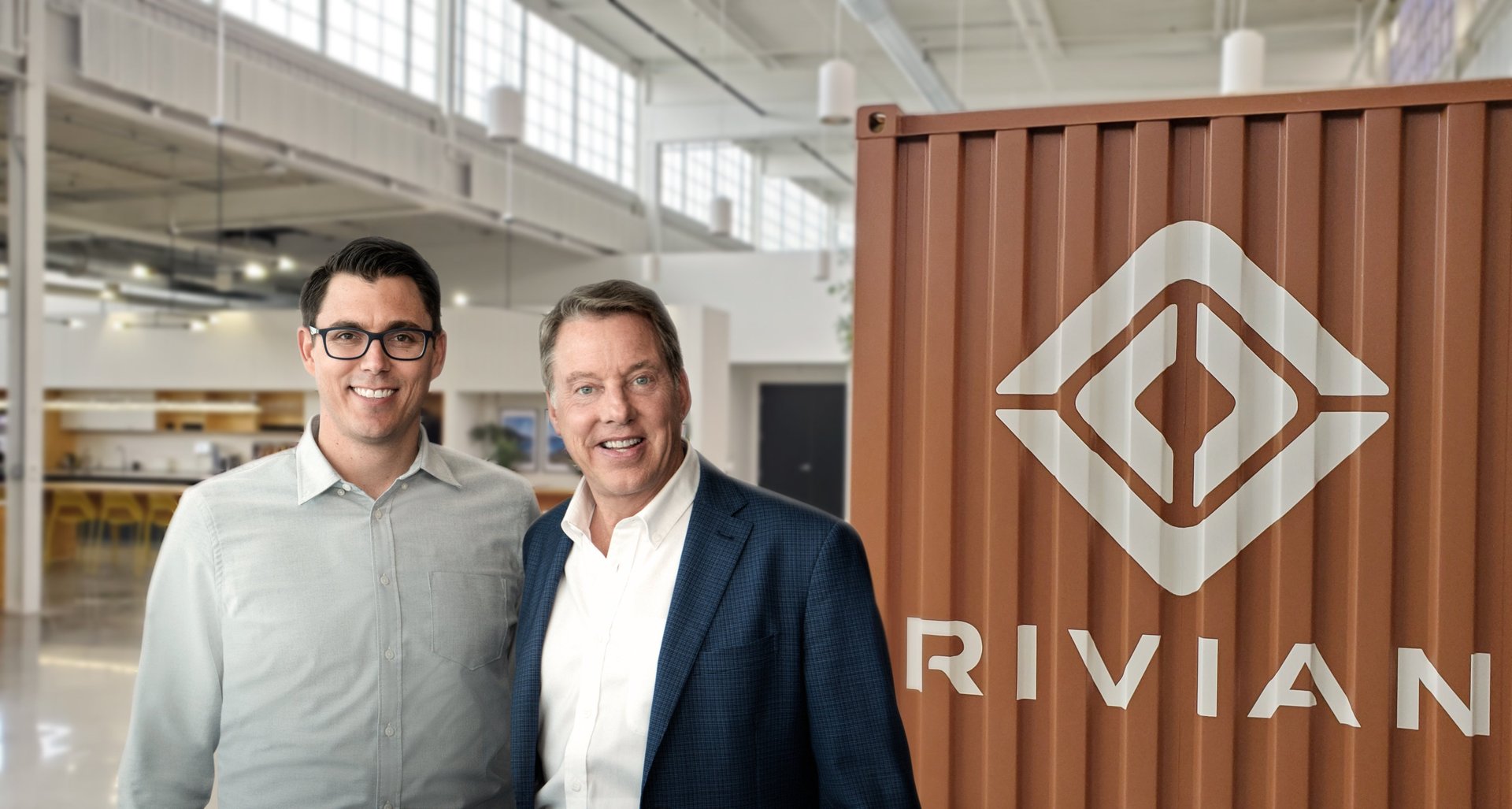
Just over a week after Rivian landed on the stock market, it announced that its partnership with Ford Motor Co. to develop an electric vehicle jointly was over. In 2019, Ford has invested $500 million in the company. Ford executive chairman Bill Ford (pictured above to the right of Rivian CEO and founder RJ Scaringe), in 2019, said the companies “share a common goal to create a sustainable future for our industry through innovation.”
By 2023, Ford would liquidate most of its ownership stake in Rivian, selling 91 million of its initial 101.9 million shares. The sale made Ford $3 billion in proceeds.
9 / 15
A time of crisis
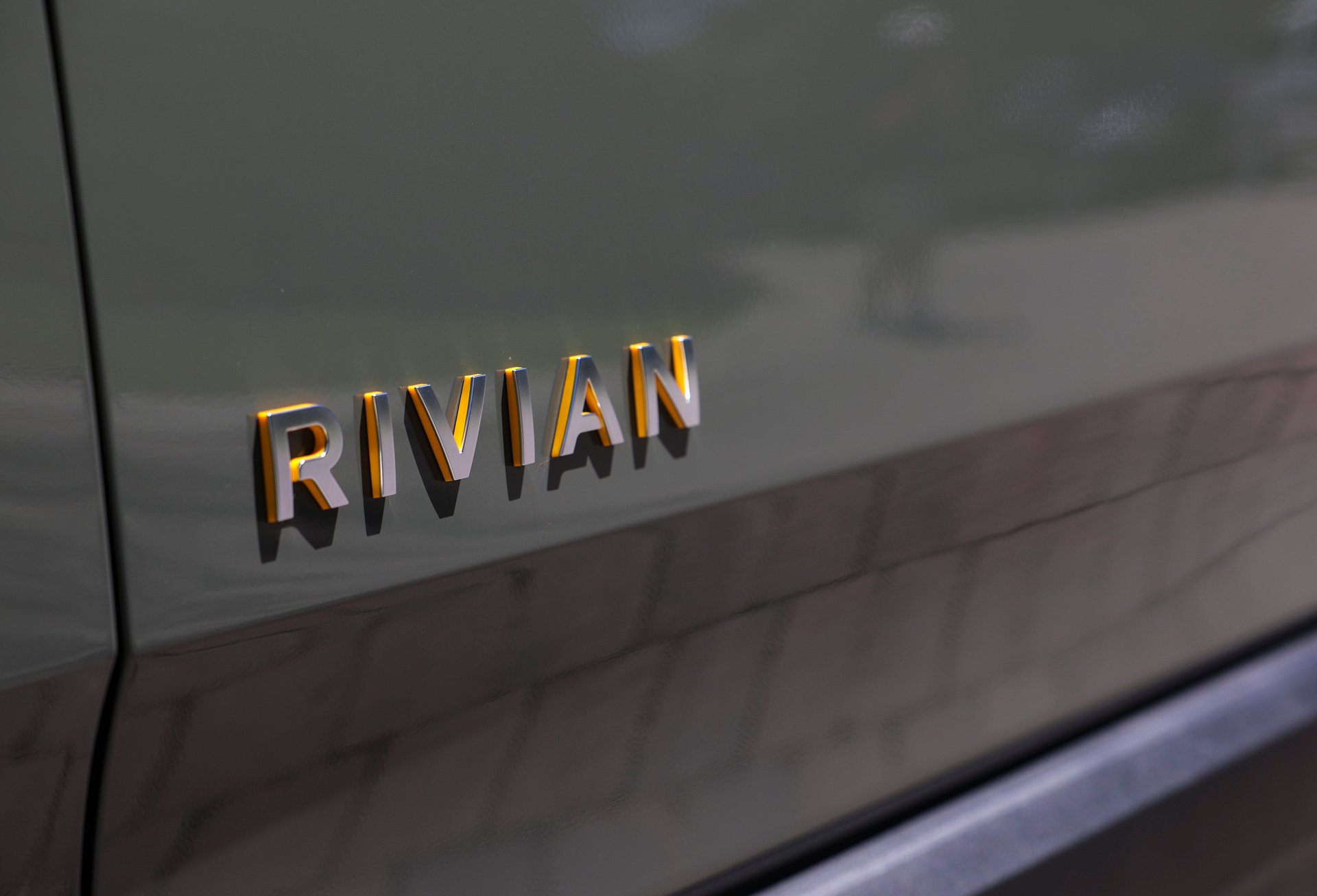
Rivian, like other automakers, has struggled in recent years with high inflation and rising interest rates. In July 2022, those pressures led Rivian to slash its workforce by 6%. A month later, billionaire investor George Soros sold millions of Rivian stock and invested in Tesla, Ford Motor Co., and electric vehicle startup Lucid Motors.
Then, in September, Rivian signed an agreement to partner with Mercedes-Benz and build an electric van factory in Europe; the deal was put on pause just three months later. In October, Rivian recalled 13,000 vehicles over issues with a steering wheel part. As all those issues hit the company, several top executives left Rivian, including the startup’s general counsel and a senior strategy director.
10 / 15
Amazon gets its due
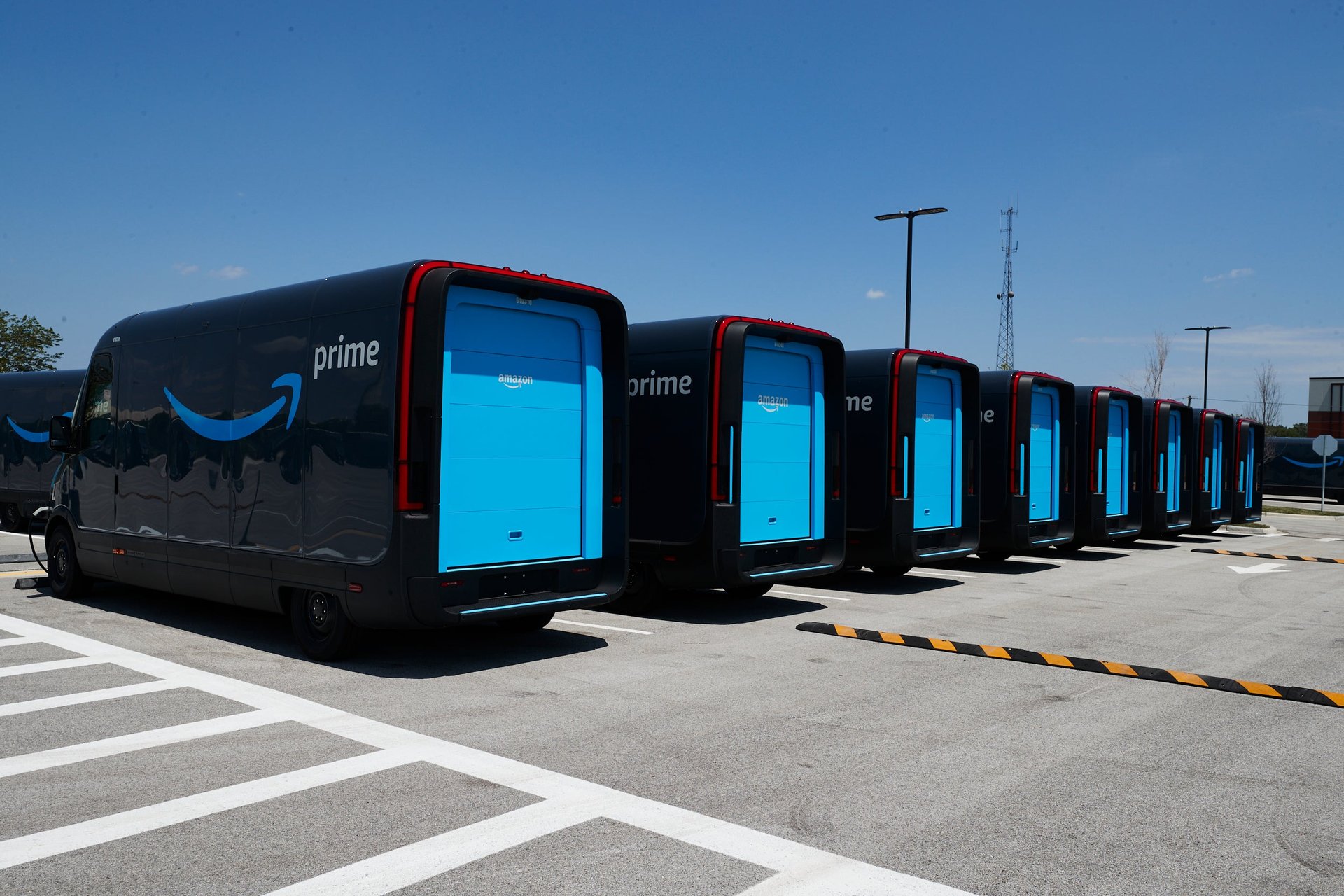
In February 2019, Amazon announced a $700 million investment in Rivian and ordered 100,000 battery-electric delivery vehicles under an exclusivity contract. Rivian began testing the delivery fans in early 2021, then making its first deliveries to Amazon in December. By July 2022, Amazon had begun deploying the delivery vans in nine U.S. cities. It later estimated it had 1,000 in use by November.
11 / 15
Charging forward
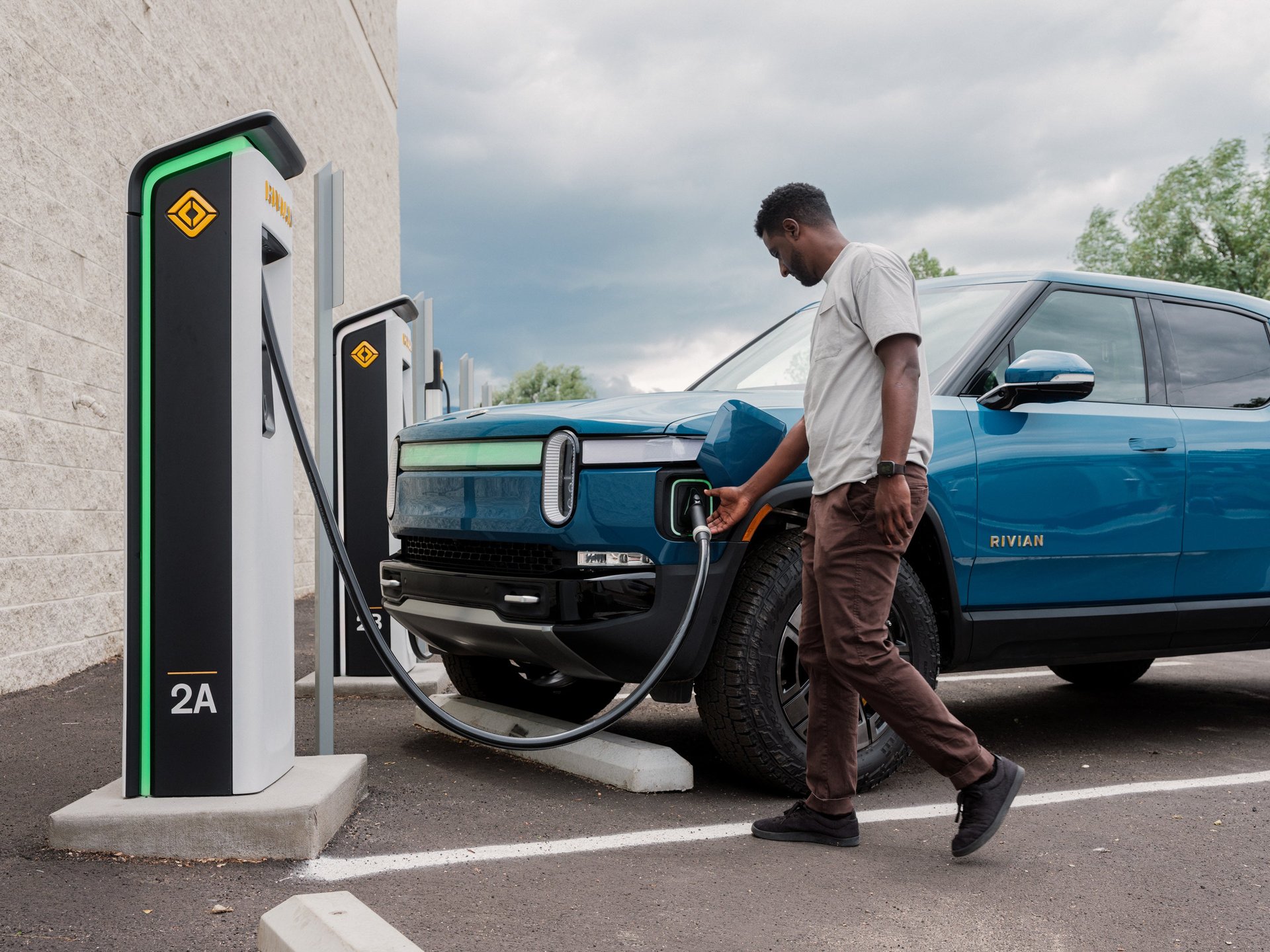
After years of comparisons — which have not slowed down — Rivian announced a partnership with Tesla in June 2023. The automaker said it had agreed to adopt Tesla’s North American Charging System (NACS) into the R1T and R1S in 2025. Rivian CEO RJ Scaringe said on Thursday (March 7) that customers could order an adaptor for the NACS by the end of the month, giving customers access to thousands of Tesla Superchargers.
12 / 15
Rivian’s Georgia push
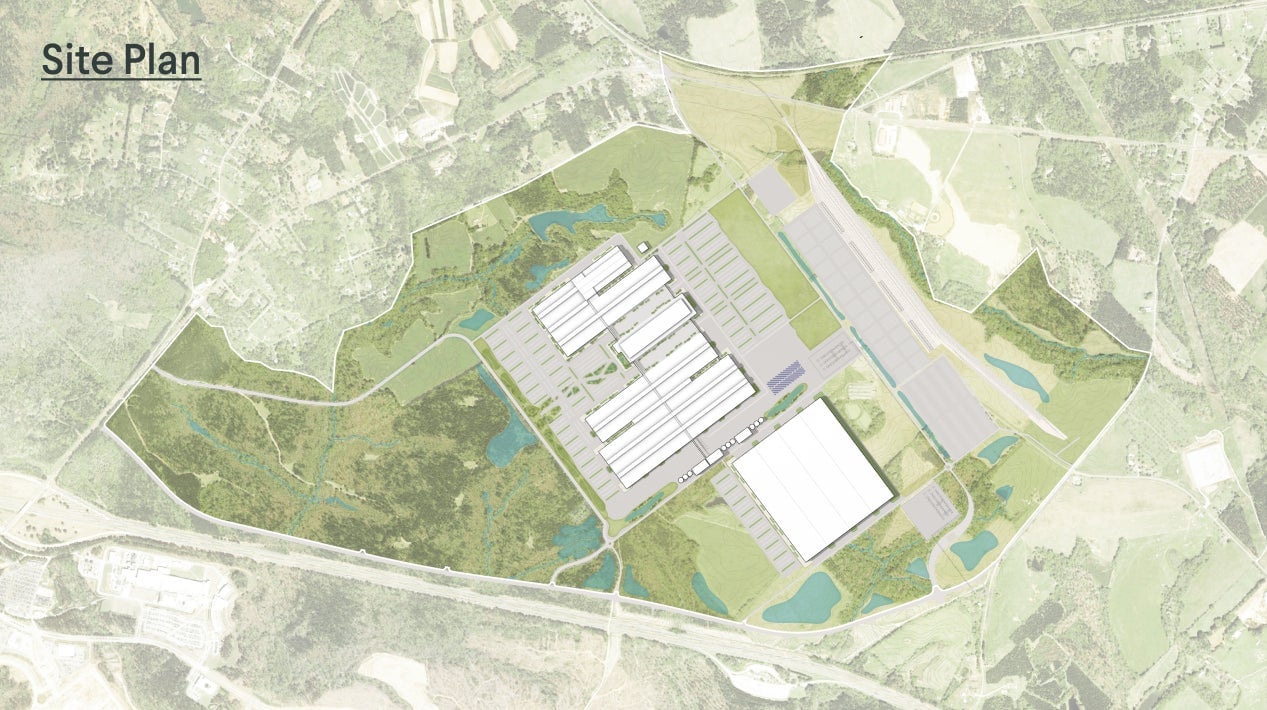
In October 2023, Rivian announced plans to break ground on a new manufacturing facility in Georgia in early 2024, an endeavor that will cost $5 billion. State and local governments offered the company an incentive package worth as much as $1.5 billion, one of the largest ever offered to a U.S. auto plant. Rivian planned to hire about 7,500 employees at the site, which will be capable of making 200,000 vehicles annually in its first phase.
13 / 15
Exclusivity with Amazon is over
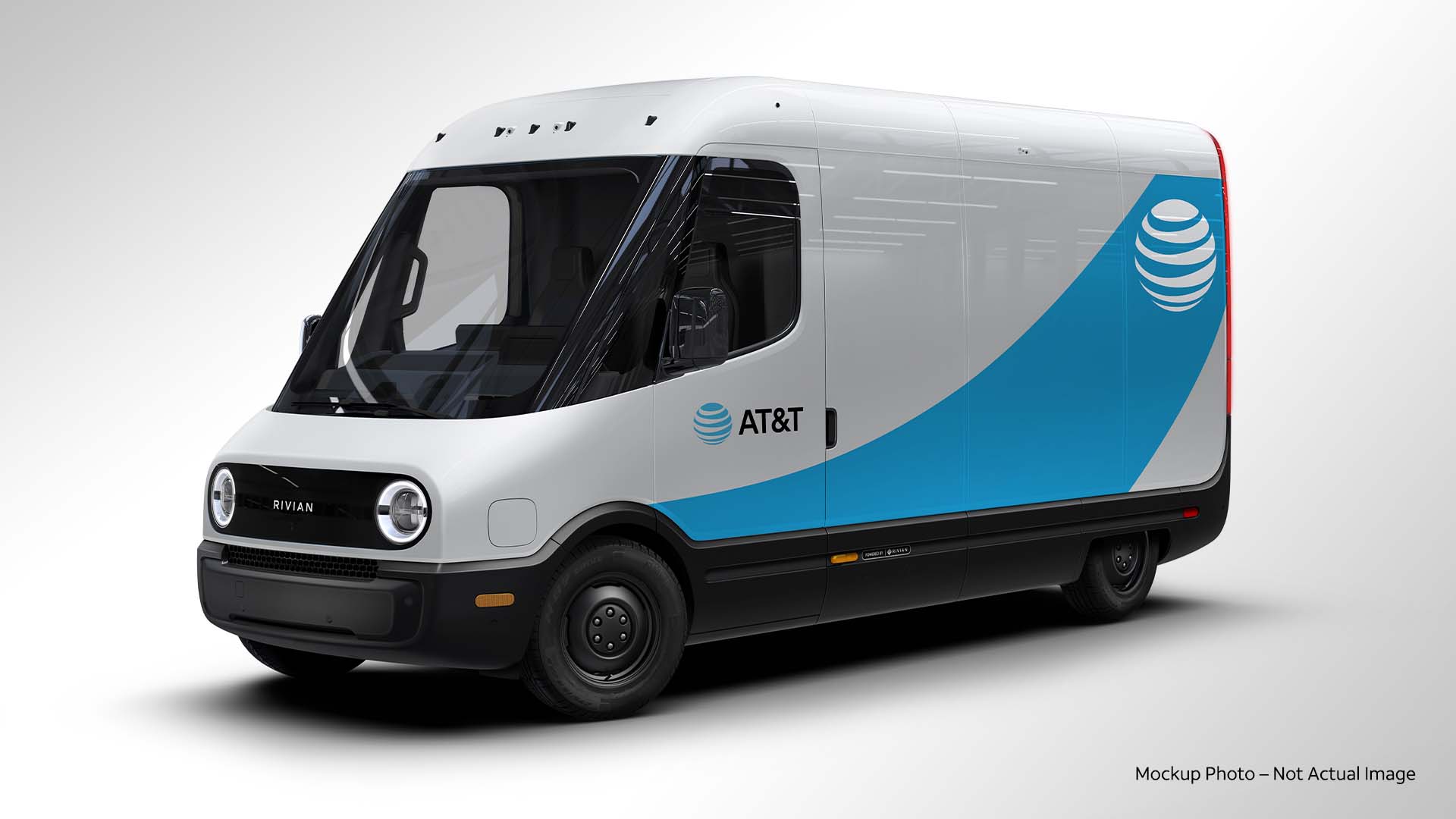
On November 7, 2023, Rivian reported its third-quarter earnings, revealing a nearly $1.4 billion loss and raising its production forecast to 54,000 units. But, more importantly, Rivian said it would be ending its exclusivity agreement with Amazon, opening the door to sell its electric delivery vans to other customers; the startup added that it remains committed to delivering 100,000 vans to Amazon by 2030. A month later, AT&T announced a deal to purchase Rivian’s delivery vans and R1T pickups.
14 / 15
Concerns are sparked
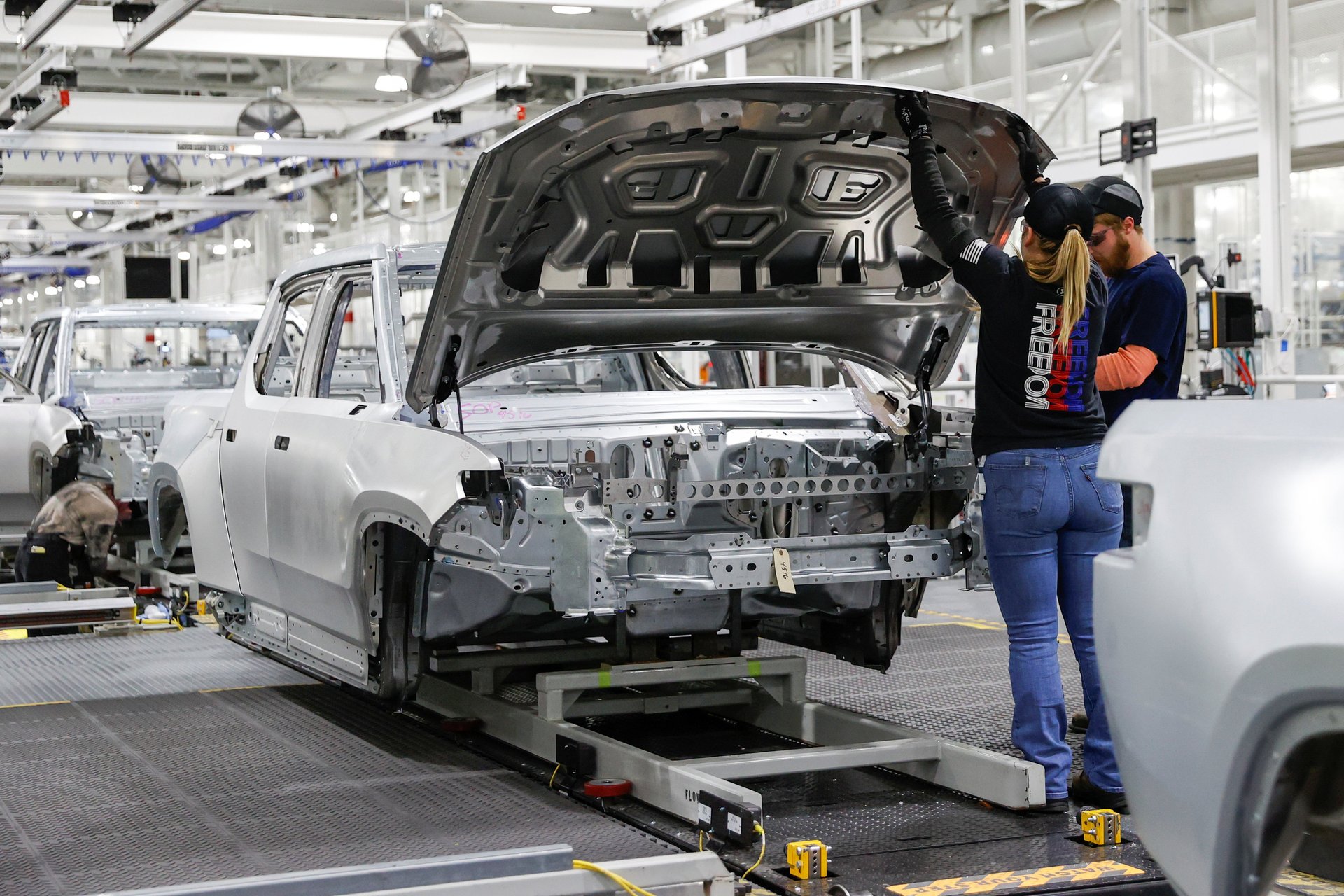
Rivian made waves on Feb. 22 when it reported its earnings for the last quarter of 2023 and revealed plans to slash its salaried workforce by 10%, marking its third round of layoffs since July 2022. Rivian would fire another 100 workers at its Normal, Illinois, facility in early March.
And while Rivian did surpass its production goals for 2023, the company’s 2024 guidance fell far short of Wall Street’s expectations. The company said it would continue with its “company-wide cost transformation program” in a bid to cut costs, projecting a $2.7 billion loss for 2024, up from a $5.7 billion loss in 2023. Rivian stock plunged 16% after Rivian led an earnings call with investors and analysts.
15 / 15
The R2...and the R3 are revealed
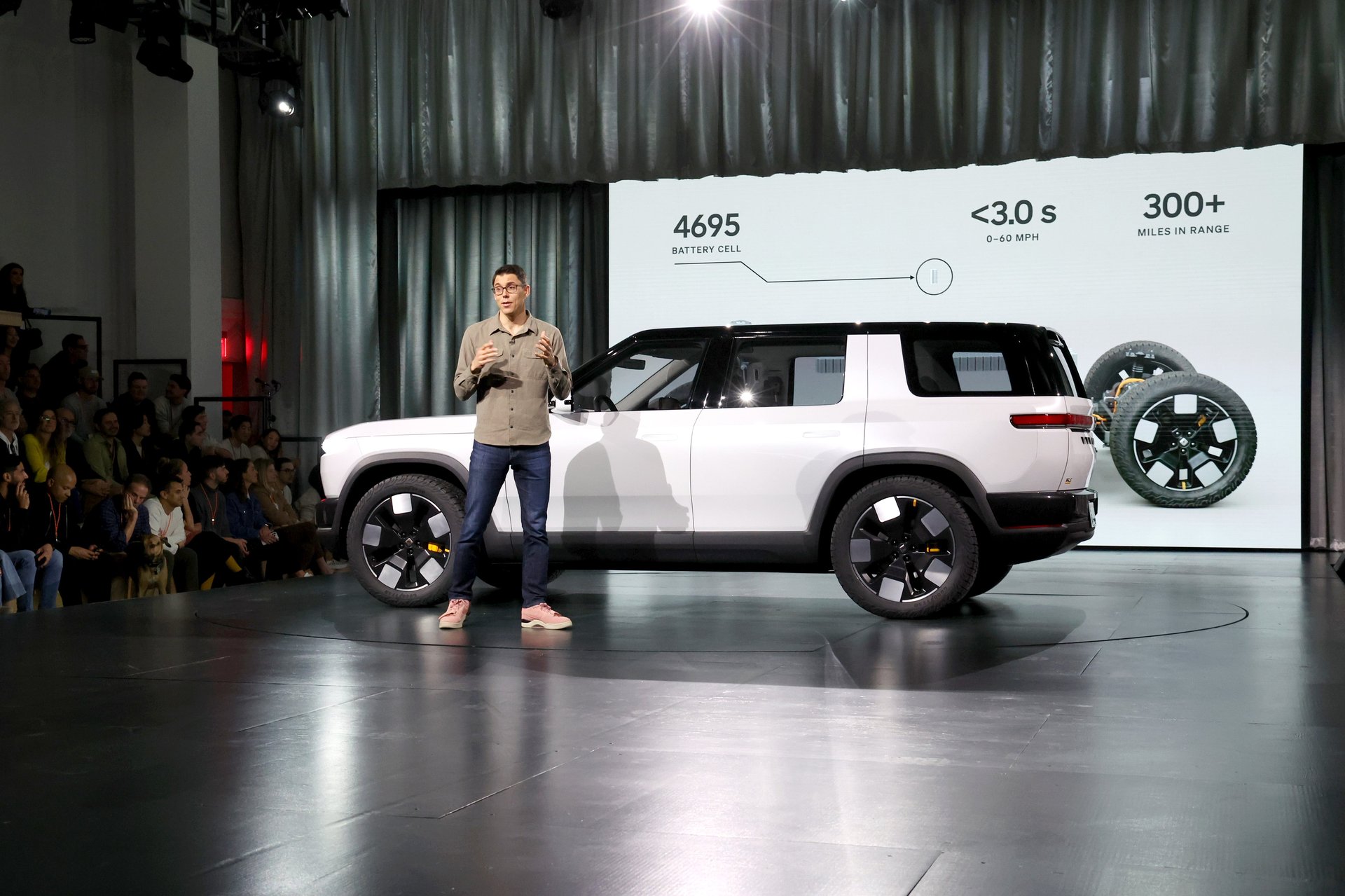
But, amid issuing layoffs and disappointing demand, Rivian has a solution: introducing a new, more affordable product.
On Thursday (March 7), Rivian revealed the R2 electric SUV, a two-row compact SUV with over 300 miles of range that can hit 60 miles per hour in just three seconds. The five-seater will also come with a starting price tag of $45,000, tens of thousands of dollars below the R1T’s and R1S’s price tags.
More than that, Rivian surprised investors by revealing two additional cars: the R3 and R3X crossover SUVs. The R3 is expected to be cheaper than the R2, but it’s unclear if that will also apply to the performance variant R3X. Rivian CEO RJ Scaringe said on Friday that 68,000 reservations have been made for the R2 in the U.S.; the R3 and R3X are not yet available for any reservations, and international customers can’t reserve the R2 as of now.
Deliveries of the R2 are planned for early 2026 and built at the Normal, Illinois, facility. The R2 was initially expected to enter production in 2026 at Rivian’s planned $5 billion factory in Georgia, but the company has changed its plans. Rivian said that although the Georgia facility is an integral part of its strategy to produce the R2 and R3, it is pausing construction to save $2.25 billion.
Correction: A previous version of this article said Rivian’s factory was located in Indiana. It is located in Illinois.